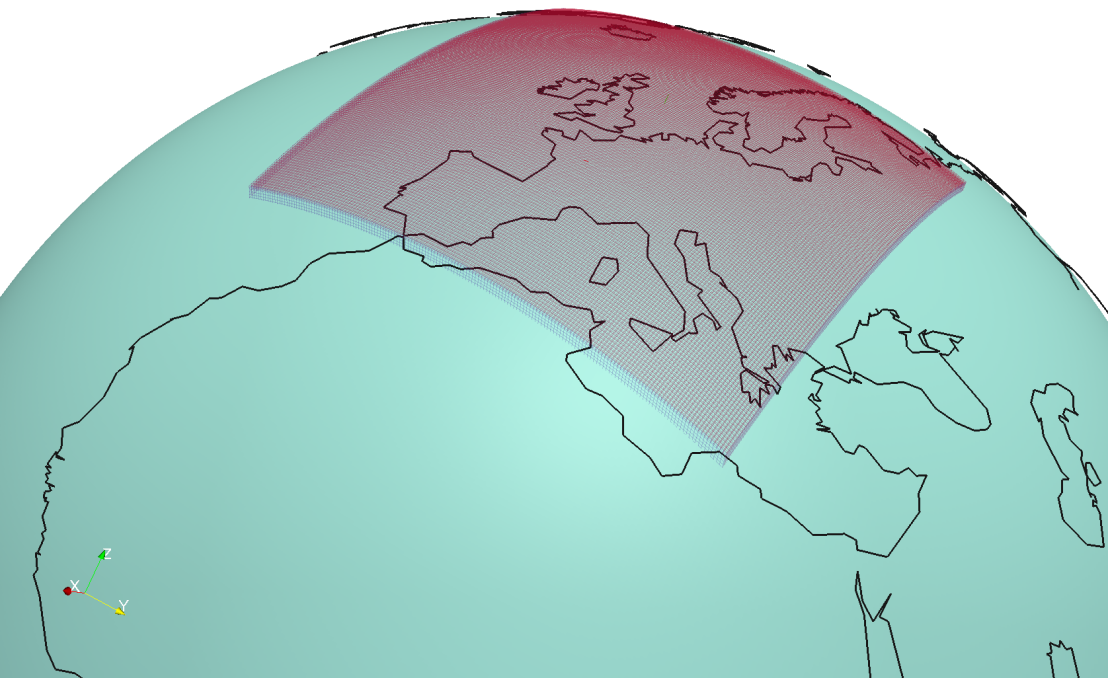SPECFEM3D

SPECFEM3D simulates 3D seismic wave propagation in any region of the Earth based on the spectral-element method. It can handle topography and elastic, viscoelastic, acoustic, poroelastic, anisotropic models, and has adjoint capabilities embedded to compute sensitivity kernels for gradient-based inversions. The meshing is now exported to external software that accommodates hexahedral meshing (e.g. Cubit) such that models of high complexity and geometry can be considered.
This code has been mainly developed at Princeton University by Jeroen Tromp and the University of Pau by Dimitri Komatitsch. At ETH Zurich, we actively co-develop various further aspects such as noise tomography, spherical-shell meshing, file I/O, visualization, GPU support (within our external pagePetaquakecall_made collaboration), and dynamic earthquake rupture.
This Fortran90/MPI code is a major overhaul of previous implementations which were based on internal meshers. Both older version and developmental new version are available from the external pageComputational Infrastructure for Geodynamics (CIG)call_made.
References
D. Komatitsch and J. P. Vilotte. The spectral-element method: an efficient tool to simulate the seismic response of 2D and 3D geological structures.
Bull. Seismol. Soc. Am., 88(2):368–392, 1998
D. Komatitsch and J. Tromp. Introduction to the spectral-element method for 3-D seismic wave propagation.
Geophys. J. Int., 139(3):806–822, 1999. doi: 10.1046/j.1365-246x.1999.00967.x
D. Peter, D. Komatitsch, Y. Luo, R. Martin, N. Le Goff, E. Casarotti, P. Le Loher, F. Magnoni, Q. Liu, C. Blitz, T. Nissen-Meyer, P. Basini, J. Tromp, 2011. Forward and adjoint simulations of seismic wave propagation on fully unstructured hexahedral meshes.
Geophysical Journal International, DOI: 10.1111/j.1365-246X.2011.05044.x
